FEATURES – ‘Berries to Beads’ by Daphne Boyer
7 min read [ad_1]
If there’s any respite to be located from the tricky occasions that feel to encompass us, it is in artwork. Artwork that is relocating and wonderful, intriguing and awe-inspiring, and displays lifetime in the most earnest way. I locate this to be true in the operate of Daphne Boyer, a visual artist and plant scientist of Red River Métis descent.
Applying high resolution photos of several berries and plant substance (or porcupine quills) as electronic beads—what she phone calls the “Berries to Beads” technique—Boyer results in vibrant performs that pay homage to standard handwork, rejoice her Indigenous heritage, and honour the life of her kin. The digital nature of her operate will allow her to, in her text, “scale up, scale down, perform with it, and make large stories about little unique performs.”
With ancestors who were being founding customers of the initial Métis country in Red River (found in Manitoba), Boyer is poised to inform the tales of her heritage. Boyer’s mother, an archivist and storyteller of Métis ancestry, retained crucial documents and stood up to her Catholic French loved ones who were being in denial of their Métis ancestry. Describing her mom as a robust girl and great spirit who was way forward of her situations, Boyer adds that she “opened the doorway for [her] technology to declare this element of our ancestry, which was definitely wonderful.”
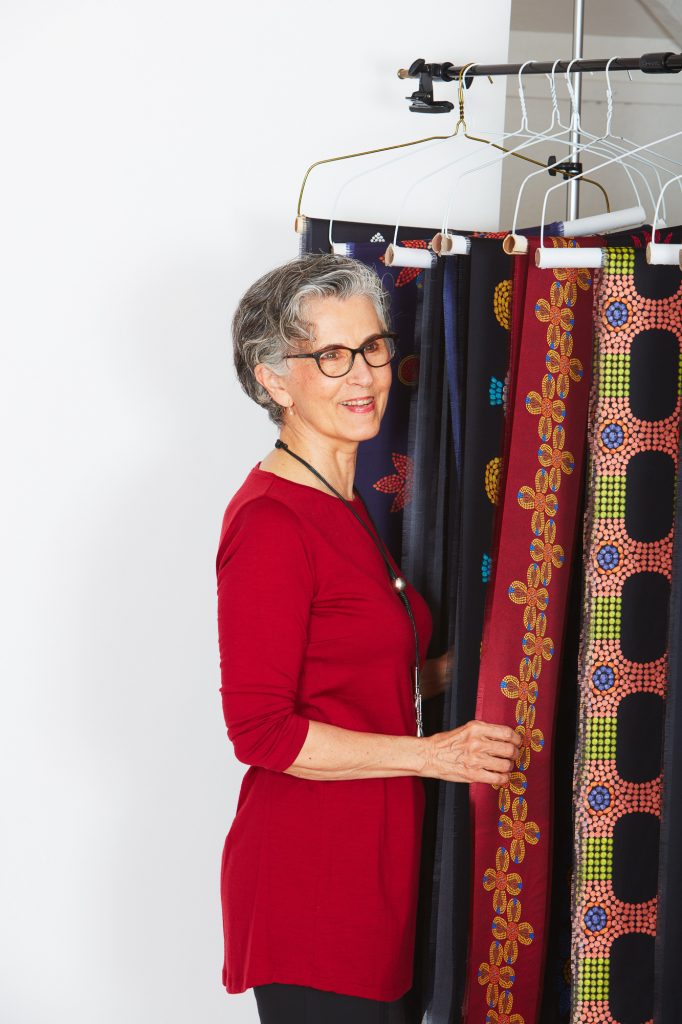
Rising up, Boyer picked berries and sold them to regional doctors to shell out for Woman Information camp, and regarded that she wanted to be an artist. She enrolled in textile structure in an artwork college but acquired that the chemical compounds made her quite ill. “As a considerably unhappy next selection, my husband and I finished up restoring a big yard that was at first planted by [Evelyn Lambart,] the to start with female film animator at the Countrywide Movie Board,” Boyer shares. They expended 11 yrs restoring that yard, and in that atmosphere Boyer located herself overcome with a will need to express herself. Her husband or wife constructed a studio for Boyer to experiment with distinctive components, to figure out what she could perform with. In a ski-doo accommodate and boots, with the windows open up vast to wintry air, she established she could perform with acrylic paint, plant product, and a camera, which now form the foundation of her artwork.
With no formal instruction, self-doubt crept in but was right away extinguished by her supportive spouse and a number of prosperous grant programs. Considering that 2017, Boyer has taken on her art total time, doing the job with a team composed of Barry Muise, Lina Samoukova, and Etienne Capacchione. Jointly they produced Boyer’s signature “Berries to Beads” approach, but it wasn’t with no some trial and mistake. Experimenting with how to use true berries as actual physical beads didn’t pan out so perfectly. “That full summer months, doing work challenging, [we] ended up with a mound of jam and massive disappointment,” says Boyer. “And I just, I was devastated. I’d expended my grant income and then came this flash… Nicely, I can do this photographically.”
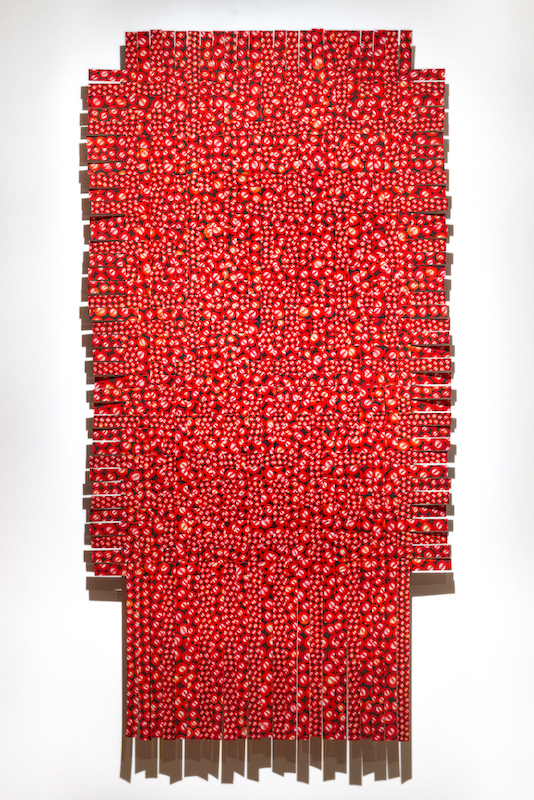
In Victorian periods, when there was lead to to regenerate shed issues in artwork, Métis women turned learn beaders of floral designs, which Métis guys wore when they travelled and transported products. Boyer says “they would journey concerning Indigenous communities, from a person to the other,” them and their canine in elaborately beaded outfits. “It was like you could hear them coming from miles absent with these canine and the jingles and the color and the snow, when they would get there into the fort in a magnificent present.” What were being just scatterings of seeds influenced blooming beadwork, which distribute across the place as cultural emblems.
Seeking to learn a lot more about how her loved ones fit into the record of Métis people in the Purple River district, Boyer achieved Dr. Maureen Matthews, Curator of Ethnology at the Manitoba Museum, who showed her a number of artifacts—one getting “Moss Bag H4-2-13,” made by an unfamiliar Métis-Dene artist. This artifact was a child provider that was adorned with a impressive array of floral beadwork, with the Métis infinity indication embedded in a rose on the ideal of the design. Boyer was so taken by this artifact that she recreated an 8-ft-extensive model making use of her “Berries to Beads” strategy.

“It is imagined that these girls experienced adopted the strategies, these floral designs, but they also embedded in these floral designs bits of their very own religious beliefs, and also the resistance to colonization,” suggests Boyer. “And it is imagined that this variety of thorny stem displays in a incredibly refined way, a rejection of colonization and that the rosebuds definitely reflect the prospective to bloom, that items are unfolding.”
When you glimpse at her get the job done, vibrance leaps off of it—the outcome of Boyer’s grit and passionate obsession with detail. The digital berries show up as though you could access your hand by the frame and seize a handful. Realism is a organic outcome of images, but it’s the arrangement that weaves that means into the ultimate do the job. “I see every finished get the job done as raw substance for the next technology of do the job,” claims Boyer. “And in that way, I’m embedding, like DNA, I’m embedding the generationality of the tales I’m telling into the will work.”
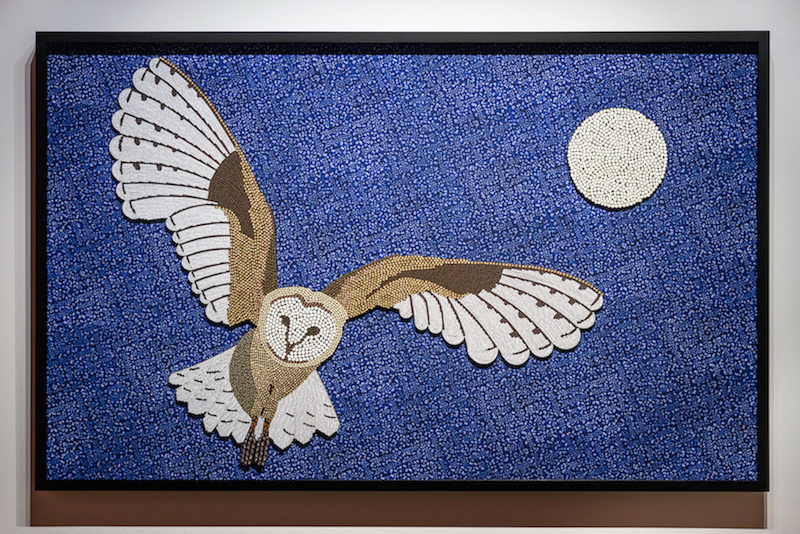
Hemoglobin is a woven tapestry of cranberry visuals (or tiles), printed at distinct scales and stitched alongside one another. “It moves like it’s respiration,” Boyer says, as it embodies the past breath of her mom Anita, who was a lifelong yoga practitioner and died in shavasana, the corpse pose.
Using berry tiles that allude to Hemoglobin, Barn Owl and Moon celebrates Anita’s life-extended enchantment with owls, harbingers of attendees. An owl glides in a sky of midnight blue berries—a distinctive contrast to the energetic purple hue of Hemoglobin. It indicates that Anita’s spirit now resides in the other earth, from which she sends owls to notify her family when she’ll be viewing. “We normally hear [the owls],” Boyer says. “We say, there’s Mum, [and] we’ll go to the window and hear.”
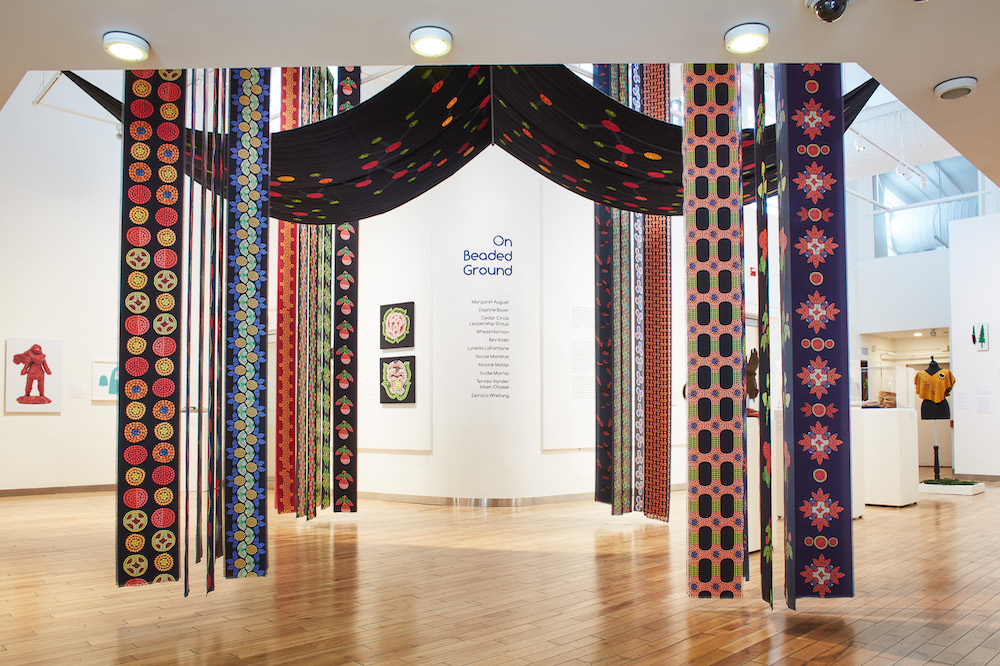
The incredible Birthing Tent contains a large velvet cover, printed with a constellation of the oxytocin molecule, and from it wide silk ribbons of many patterns rain down. The ribbons characterize the toddlers that Boyer’s wonderful-grandmother Éléonore, an itinerant midwife, served start. The canopy, hung “like a bosom,” and ribbons pull people into a motherly embrace, and the oxytocin molecule formalizes our bond with some others. “My grandmother Clémence and also Éléonore, they weren’t cuddly ladies. They were being powerful, intense women of all ages,” Boyer shares. “And by the time I arrived together, my grandmother experienced lifted extra than 25 small children. And she was not interested in me. So this is a little bit of a fantasy about staying held.”
It’s been generally accepted that time heals all wounds, but artwork has a therapeutic power additional potent than that felt by the sluggish drag of the sunshine across the earth. Last calendar year in On Beaded Floor, a group exhibit at the College of Victoria’s Legacy Art Gallery, Boyer was surprised by the influence of her get the job done. “People arrived into the demonstrate, and they cried,” she states. “They reported, this function is so healing.” Neighborhood engagement is an integral element of all Boyer’s demonstrates, as is functioning with other Indigenous artists and communities.
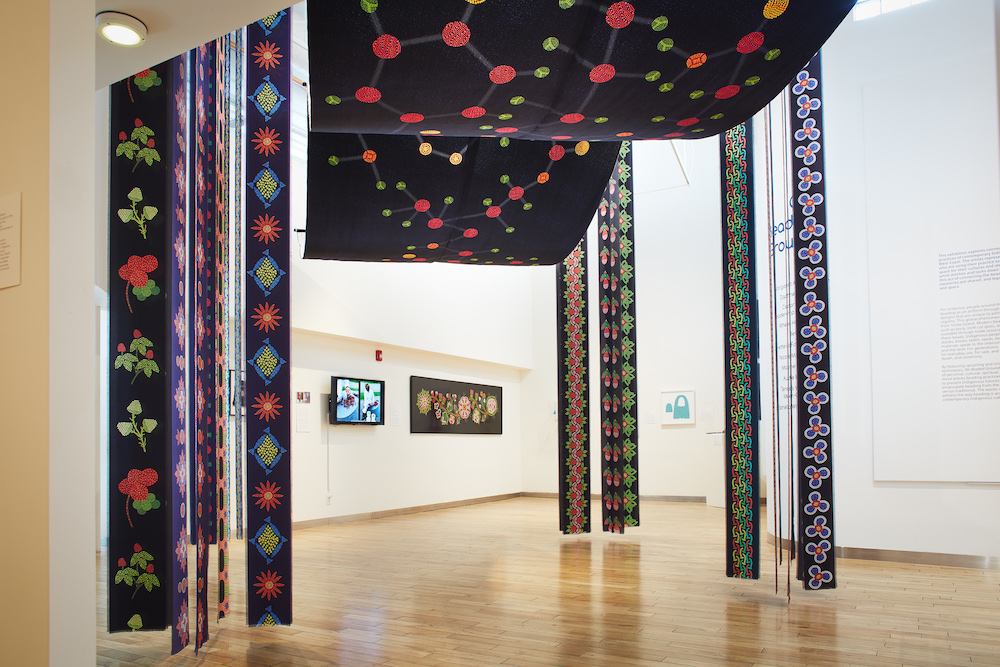
When questioned what’s future for her, Boyer states, “Somebody interviewed me not too long ago and mentioned, ‘Well, when are you heading to turn this procedure about to the subsequent generation?’ I assumed: That’s an assumption, which is an ageist assumption. I received a lot of miles still left in me, and I’m likely to melt away it up!”
Boyer’s do the job is at present on exhibition at Fort Calgary until June 26, 2022, and will vacation immediately after to Montréal, arts interculturels (August to October 2022) and Remai Modern-day in Saskatoon (September 2022 to January 2023).
Master additional about Daphne Boyer on her web-site and Instagram.
*
Featured Impression: Rose (2019) by Daphne Boyer, photo taken by Lina Samoukova.
All visuals courtesy of Daphne Boyer.
[ad_2]
Resource connection






